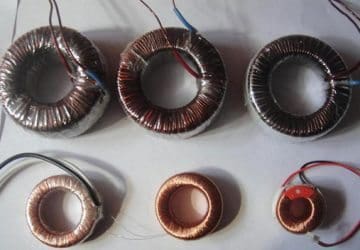Scott-T Transformer Connection Overview
There are two main reasons for the need to transform from three phases to two phases: to give a supply to an existing two phase system from a three phase supply and to supply two phase furnace transformers from a… Read more
Jun 12, 2012 | By Jignesh Parmar
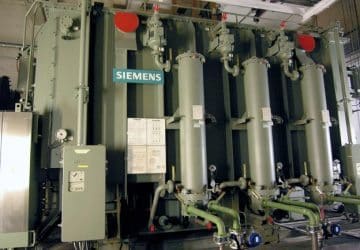
Star-Delta Transformer Connection Overview
In this type of transformer connection, then primary is connected in star fashion while the secondary is connected in delta fashion as shown in the Figure 1 below. The voltages on primary and secondary sides can be represented on the… Read more
Jun 10, 2012 | By Jignesh Parmar

Understanding Vector Group of Transformer (Part 2)
Vector Groups are the IEC method of categorizing the primary and secondary winding configurations of 3-phase transformers. Windings can be connected as delta, star, or interconnected-star (zigzag). Winding polarity is also important, since reversing the connections across a set of… Read more
Jun 04, 2012 | By Jignesh Parmar
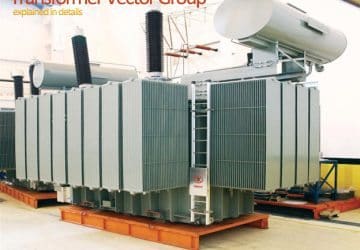
Understanding Vector Group of Transformer (Part 1)
Three phase transformer consists of three sets of primary windings, one for each phase, and three sets of secondary windings wound on the same iron core. The vector group of the transformer is determined by the connection between the windings… Read more
Jun 03, 2012 | By Jignesh Parmar
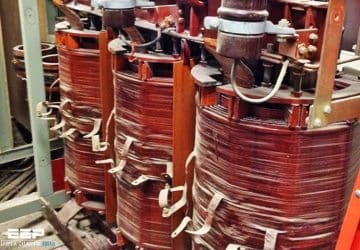
Transformer Connection Star-Star
The windings of three phase transformers may be connected in by Y or Δ in the same manner as for three single phase transformer. Since the secondary’s may be connected either in Y or Δ regardless of which connection is used on… Read more
May 23, 2012 | By Jignesh Parmar

Special considerations when selecting transformer protection
Current transformer ratio selection and performance require special attention when applying transformer protection. Unique factors associated with transformers, including its winding ratios, magnetizing inrush current, and the presence of winding taps or load tap changers, are sources of difficulties in… Read more
May 19, 2012 | By Edvard Csanyi

Introduction to instrument transformers
Instrument transformers (ITs) are designed to transform voltage of current from the high values in the transmission and distribution systems to the low values that can be utilized by low voltage metering devices. There are three primary applications for which… Read more
May 14, 2012 | By Edvard Csanyi

Measurement of insulation resistance (IR) – Part 2
This article goes into details of insulation resistance values measured by Megger tester on many different kinds of equipment, such as switchgear, electrical wires & cables, electric motors, transmission & distribution lines, and other power system equipment. An insulation tester… Read more
Apr 29, 2012 | By Jignesh Parmar

What is the best transformer coolant?
One of the main sources of losses and reasons for temperature rise in various parts of a transformer are the magnetic circuit and windings. So what are the actually reasons of heating the transformer? Responsible for heat generation within the… Read more
Apr 20, 2012 | By Edvard Csanyi
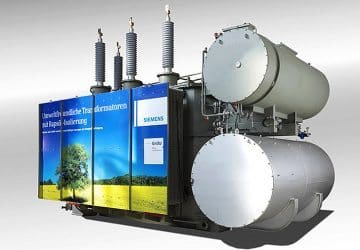
Difference between step-up transformer and voltage amplifier
A step up transformer basically increases the magnitude of primary applied voltage that is increases the amplitude of voltage wave form. A voltage amplifier does exactly the same. Than a very strange but thinkable question comes what is the difference… Read more
Mar 17, 2012 | By Asif Eqbal

Sudden pressure relay in oil-filled power transformer
Internal arcing in an oil-filled power transformer can instantly vaporize surrounding oil, generating gas pressures that can cause catastrophic failure, rupture the tank, and spread flaming oil over a large area. This can damage or destroy other equipment in addition… Read more
Mar 08, 2012 | By Edvard Csanyi

Voltage Instrument Transformer (VT) – Introduction
Instrument transformers are primarily used to provide isolation between the main primary circuit and the secondary control and measuring devices. This isolation is achieved by magnetically coupling the two circuits. In addition to isolation, levels in magnitude are reduced to… Read more
Feb 20, 2012 | By Edvard Csanyi

Purpose and maintenance of transformer bushings
The two most common types of bushings used on transformers as main lead entrances are solid porcelain bushings on smaller transformers and oil-filled condenser bushings on larger transformers. Solid porcelain bushings consist of high-grade porcelain cylinders that conductors pass through…. Read more
Feb 05, 2012 | By Edvard Csanyi
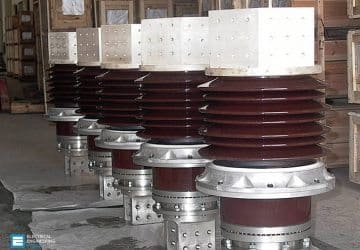
12 Main Classes Of Power Transformer
Transformers are used for a wide variety of purposes, with the complete range of voltage and power ratings as well as many special features for particular applications. The following covers the main types: Transformers for electronic circuits or for low-voltage… Read more
Jan 08, 2012 | By Edvard Csanyi
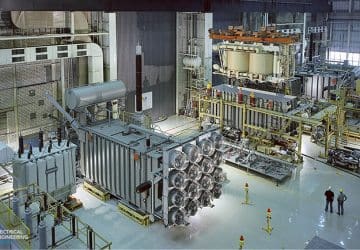
Using Core-Balance Current Transformer For Earth Fault Protection
The core-balance current transformer (or CBCT) is normally of the ring type, through the centre of which is passed cable that forms the primary winding. An earth fault relay, connected to the secondary winding, is energised only when there is… Read more
Dec 28, 2011 | By Edvard Csanyi
